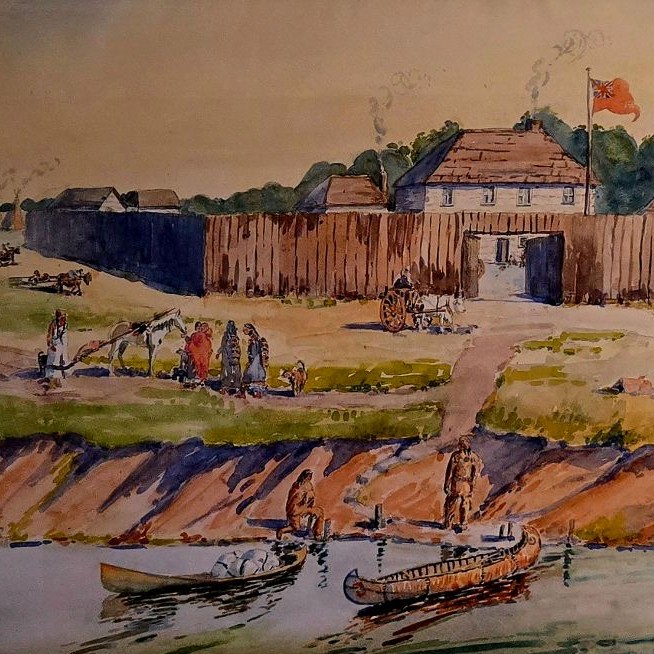Sustained Deeper Learning
Published on Jun 15, 2017
No Description
MORE DECKS TO EXPLORE
PRESENTATION OUTLINE
Rich Learning Experiences
Photo by MattysFlicks
Untitled Slide
Steer students don't drive them.
Photo by Anne Worner
Banking Concept of Education
- The student is an empty vessel to be filled with facts.
Photo by david buedo
A guided student centred activity that creates a shared inquiry to unpack a wide range of cross-curricular essential questions through the four ELA practices lens.
Photo by akeán2®
The Four Practices
- Language as Sense Making
- "Responding to texts in different ways to build and share understanding."
Photo by delete08
The Four Practices
- Language as Exploration and Design
- "Using different sources and design choices to extend thinking."
Photo by m-s-y
The Four Practices
- Language as Power and Agency
- "Learners understand that they can resist, change, or accept points of view."
Photo by scragz
Programmatic
- targeted to a particular skill
- often a stand alone lesson
- the teacher is the expert imparting knowledge
- grounded in providing the right answer
Photo by Hitchster
Rich Learning
- targeted to a group of skills
- cross-curricular and adaptive
- turns the intellectual authority over to the student
- grounded in professional inquiry
Photo by Stéphane Moussie
"If programmatic planning is set apart from rich learning contexts, it should not be more than half the instructional time."
Photo by MaxC.
Students learn about apples.
watch a video, fill out a worksheet, write a fact test
Photo by <Fernando>
Students explore sustainable development.
independent inquiries on marketing, farming techniques, ethics...
Photo by Plan for Opportunity
Students explore the causes of war.
Was WWI a just war? Groups investigate using different sources.
Photo by dugspr — Home for Good
Students study racism in Shakespeare.
each student becomes an expert on a different play
Photo by rwdownes
Students write a five paragraph essay based on a novel study.
write a sit down test
Photo by UNIMAS.image
Student inquiry question asks if identity is fixed or not.
use persuasive writing in a variety of forms
Photo by Trois Têtes (TT)
Considerations
- Who does most of the talking in your room?
- Do your students sit most of the class?
- Are the assignments the same for everyone?
- Do students have voice in assessing their work?
- Do students talk to each other about their work in meaningful ways?
Photo by confidence, comely.
Tolerate ambiguity.
Photo by Yogesh M (ExposureSetLong.com)
Getting Our Feet Wet
- critical friend CHECK
- ambiguity CHECK
- play CHECK
- learning CHECK
Photo by seanmcgrath
Summative Assessment in Canadian History
- Students must demonstrate knowledge of the essential questions.
- Students must apply the historical thinking concepts.
Photo by Under Secretary of the Army
18 Essential Questions
- Who were the First Peoples and how did they structure their world?
- How was Canada shaped by the Canadian Charter of Rights and Freedoms, cultural diversity, and demographic and technological change?
Photo by Mathers Museum of World Cultures
Historical Thinking Concepts
- significance
- primary sources
- continuity and change
- cause and consequence
- perspectives
- interpretation
Photo by Hammonton Photography
Untitled Slide
Photo by Ken Whytock
Inquiry Based Learning
- student must have agency
- choice in inquiry, active participation in assessment, revision
- ownership is key
Photo by quinn.anya
COP Model
- meaningful conversation every day
- observe learning strategies
- evaluate the product
Photo by theqspeaks
Learning Skills
- accepting useful suggestions
- revising work
- cooperative
- on task
- creative
Photo by prosto photos
Process
- students choose geographic sites that relate to essential questions
- students must "demonstrate learning", in a mutually agreed upon manner, by creating a historic sites tour
Photo by Arlo Bates
What is being assessed?
- application of the historic thinking concepts
- knowledge of the essential questions
- application of 4 ELA practices
Photo by CollegeDegrees360

